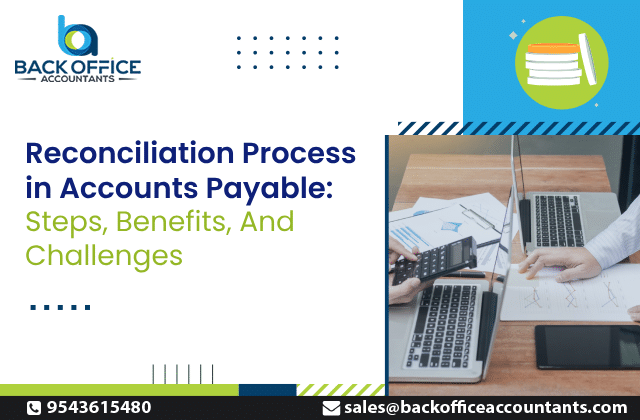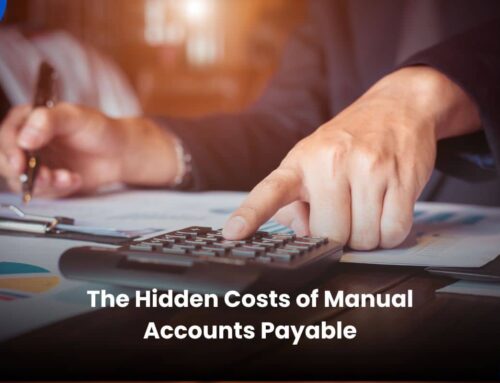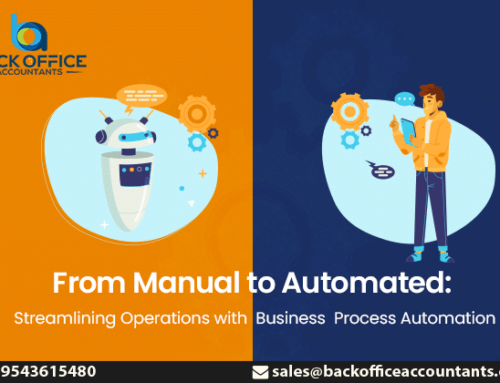Reconciliation in accounting is a fundamental step responsible for laying the foundation for effectively closing books of accounts. Account reconciliation process IS comparing two sets of financial records to ensure accuracy and consistency. It reconciles financial accounts, bank statements, the general ledger, and sub-ledgers with the records in the organization’s accounting system.
One of the strenuous activities involved in the account reconciliation process is the reconciliation process in Accounts Payable (AP). Accounts Payable reconciliation involves reconciling the accounting records with the amounts that the organization owes to its suppliers and vendors.
This article discusses the steps to ensure easy accounts payable (procure to pay) reconciliation, its benefits, and the challenges involved in the process.
Steps involved in Account Payable Reconciliation
The reconciliation process of AP looks straightforward, but it becomes challenging when the volume of data matching records is huge.
- Verify your beginning balance:The beginning balance and the ending balance of the previous year must match. If these do not match, begin your account payable reconciliation process from the last accounting period when the beginning and ending balances were matching.
- Data collection: Gather essential documents and data, including bank statements, receipts, invoices, accounts payable ledger, aging reports, and supplier statements. All of these documents should be of the same accounting period for which you are going to do the reconciliation.
- Review invoices and verify payment records: Review all the invoices from vendors, and make sure all necessary details such as invoice numbers, vendor names, etc. are all accurate. In case you come across any discrepancies or errors in your vendor statements, make sure to make adjustments so that they will match with the recorded balances. Do make sure to verify your payment records, add missing entries, and delete duplicate entries.
- Compare the AP system with bank statements: All the payments in your Account Payable (AP) System match your bank statements and are correctly recorded.
- Review and finalize: Once all your reconciliation work is completed, review all your records and summarize your findings. In case you need to make any additional changes to your report, make sure to obtain approvals wherever required.
- Perform reconciliation regularly: Reconciliation is not a one-time activity and should be done regularly. Performing reconciliation regularly will help you identify vulnerabilities and discrepancies beforehand.
Benefits of Account Payable Reconciliation
The benefits of reconciliation in accounting contribute directly to the effective management of finances and are as follows.
- Identification and rectification of errors: Identify and rectify any accounting errors as early as possible. The longer you leave an error unrectified, the greater its impact will be on other reports and data.
- Identify and prevent fraud: Errors in accounting could be an indication of any fraud. Whenever you find any error in the reconciliation, cross-check whether it’s an error or any fraud happening in the background.
- Prevents loss: During the AP reconciliation process, you can identify if any payment is made twice. Consequently, in such cases, you’ll not have to depend on the vendor to identify the double payment. Instead, you can easily spot it yourself and address the issue proactively. The Account Payable reconciliation process will help in the identification of double payments and other fraudulent charges, thereby preventing loss to your organization.
- Fosters communication with your suppliers: The process of AP reconciliation will foster communication between your organization and the supplier. AP reconciliation will also help in maintaining accurate supplier records.
Challenges involved in Account Payable Reconciliation
The challenges involved in the account payable reconciliation are as follows.
- Time-consuming and tedious: Account Payable reconciliation consumes a lot of time, especially when larger volumes of data are involved.
- Missing transactions: Incorrect data entry is one of the most common mistakes and can lead to missing transactions. Missing transactions are difficult to identify and will make the reconciliation process more complex.
- High probability of human errors: Account Payable reconciliation opens doors for many errors, particularly when it is done manually.
Key takeaways
Account Payable Reconciliation is one of the most daunting and challenging tasks ever, especially for large-scale businesses that deal with large amounts of transactions and data. Lack of proper standardization in the AP reconciliation process will hurt the financial health of the organization.
Hiring skilled and professional accounting service providers like the Back Office Accountants will help your organization overcome the challenges of AP Reconciliation and reap the benefits from the same.







